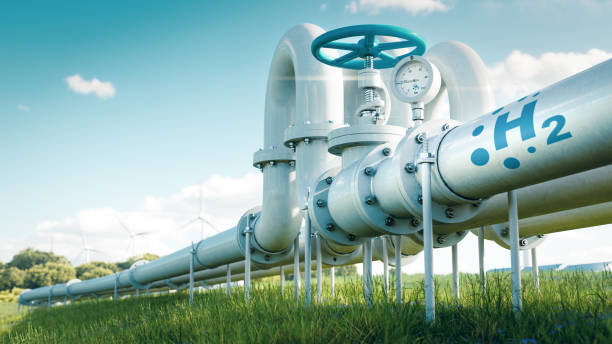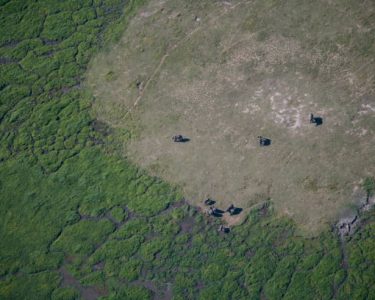 Kenya is at the forefront of renewable energy innovation, capitalizing on its abundant natural resources to drive sustainable development and address energy challenges.
Kenya is at the forefront of renewable energy innovation, capitalizing on its abundant natural resources to drive sustainable development and address energy challenges.
Impact of Renewable Energy Projects
1. Solar Energy Projects:
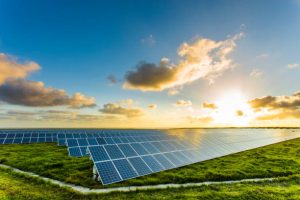
Kenya’s equatorial location makes it ideal for solar energy production, with abundant sunshine throughout the year. Solar energy projects, including utility-scale solar farms and off-grid solar installations, are expanding access to electricity in rural and remote areas. These initiatives not only provide clean and affordable energy but also contribute to reducing greenhouse gas emissions and mitigating climate change impacts.
2. Wind Power Initiatives:
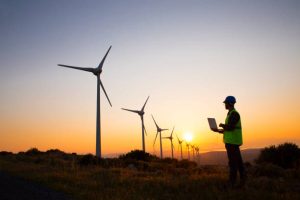
Kenya’s vast landscapes and coastal regions offer significant potential for wind power generation. Wind energy projects, such as wind farms and turbine installations, harness the power of wind to generate electricity for both grid-connected and off-grid communities. Wind power initiatives diversify the country’s energy mix, enhance energy security, and promote sustainable development while creating employment opportunities in the renewable energy sector.
3. Geothermal Energy Development:
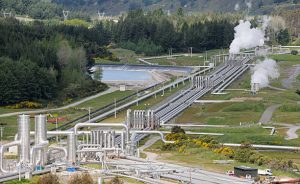
Kenya is home to one of the largest geothermal energy resources in Africa, with the Great Rift Valley hosting geothermal hotspots. Geothermal energy projects tap into this natural reservoir of heat to produce electricity through steam-driven turbines. Kenya’s geothermal power plants, such as those in Olkaria, contribute significantly to the national grid, providing reliable and renewable electricity to homes, industries, and businesses.
4. Small-Scale Hydroelectric Projects:
 Hydropower remains a key component of Kenya’s renewable energy portfolio, with small-scale hydroelectric projects harnessing the power of rivers and streams across the country. These projects provide localized electricity generation, particularly in rural areas, where access to the national grid is limited. Small-scale hydroelectric initiatives promote energy independence, foster local development, and enhance resilience to climate change impacts.
Hydropower remains a key component of Kenya’s renewable energy portfolio, with small-scale hydroelectric projects harnessing the power of rivers and streams across the country. These projects provide localized electricity generation, particularly in rural areas, where access to the national grid is limited. Small-scale hydroelectric initiatives promote energy independence, foster local development, and enhance resilience to climate change impacts.
In conclusion, renewable energy projects are transforming Kenya’s energy landscape, unlocking the potential of the country’s abundant natural resources to drive sustainable development and mitigate climate change. . As the country continues to invest in renewable energy infrastructure and technology, the benefits of clean energy will extend to communities across Kenya, powering progress and prosperity for generations to come.


